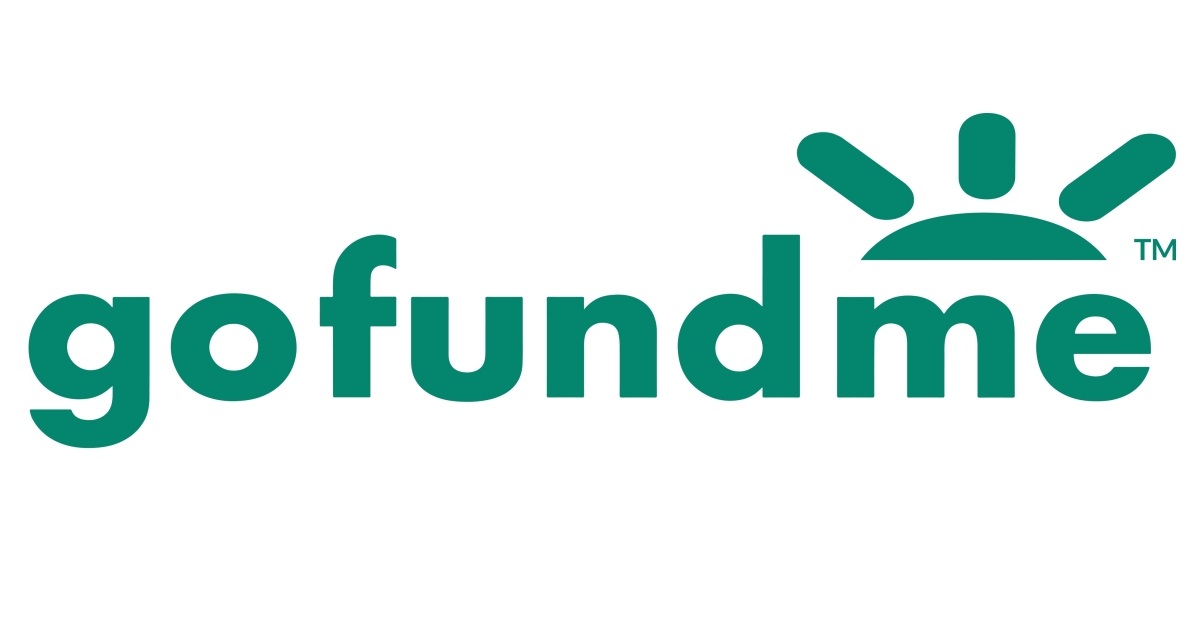Home > Treatment Options > Tumor Suppressors > Natural Compounds - Botanicals >
Curcumin (Indian Spice: Turmeric)
Index
- Definition: Bioavailability
- Curcumin and Bioavailability
- Recommended Source
- Sources
Turmeric is best known as a spice. It's one of the main components of curry powder.
In India and other parts of Asia, Curcumin
(Indian Spice: Turmeric) is used to treat many health conditions.
It is believed to have Anti-Cancer properties.
Classification
- Anti-inflammatory
- Antioxidant
Bioavailability (Absorption / Impact from Food Form)
Bioavailability is how much of a medication reaches the veins. A treatment given by IV directly into a vein is maximum potential of 100%.
Food or medication taken that needs to go through the digestive system cannot reach 100% potential and different items have different percentages of this potential.
Curcumin and Bioavailability
Curcumin in its natural state has a low potential for bioavailability and therefore effectiveness. The powder is hard to absorb by the body in this state. This is still the case with many brands of Curcumin in pill form.
While Curcumin even in supplement form, it is believed to have the highest percentage of bioavailability (absorption), by taking it with an oil based supplement, or food for maximum possible effectiveness. Recommendation of oil based supplement or food is suggested if any other brands of Curcumin (Turmeric) supplements are taken.
Sources
-
Esposito, Teresa, et al. "Synergistic interplay between curcumin and polyphenol-rich foods in the mediterranean diet: Therapeutic prospects for neurofibromatosis 1 patients."
Nutrients 9.7 (2017): 783.
Source: https://www.mdpi.com/2072-6643/9/7/783 | DOI:https://doi.org/10.3390/nu9070783 -
Spear, Samuel A., et al. "Natural compounds as potential treatments of NF2-deficient schwannoma and meningioma: cucurbitacin D and goyazensolide."
Otology & neurotology: official publication of the American Otological
Society, American Neurotology Society [and] European Academy of Otology and Neurotology 34.8 (2013): 1519.
Funded By: Neurofibromatosis Type 2 (NF2) Community
Source: https://www.ncbi.nlm.nih.gov/pmc/articles/PMC4334125/ | DOI: 10.1097/MAO.0b013e3182956169 -
Shanmugam, Muthu K., et al. "The multifaceted role of curcumin in cancer prevention and treatment." Molecules 20.2 (2015): 2728-2769.
Source: http://wprim.whocc.org.cn/admin/article/articleDetail?WPRIMID=615535&articleId=615535 | DOI: 10.3390/molecules20022728 -
Naksuriya, Ornchuma, et al. "Curcumin nanoformulations: a review of pharmaceutical properties and preclinical studies and clinical data related to cancer treatment." Biomaterials 35.10 (2014): 3365-3383.
Source: https://www.sciencedirect.com/science/article/pii/S014296121301586X | DOI: 10.1016/j.biomaterials.2013.12.090 -
Ye, Mingxiang, et al. "Curcumin promotes apoptosis by activating the p53-miR-192-5p/215-XIAP pathway in non-small cell lung cancer." Cancer letters 357.1 (2015): 196-205.
Source: https://www.sciencedirect.com/science/article/pii/S0304383514006855 | DOI: 10.1016/j.canlet.2014.11.028 -
Schroeder, Rebecca Dunbar, Laura S. Angelo, and Razelle Kurzrock. "NF2/merlin in hereditary neurofibromatosis 2 versus cancer: biologic mechanisms and clinical associations." Oncotarget 5.1 (2014): 67.
Source: https://www.ncbi.nlm.nih.gov/pmc/articles/PMC3960189/ | DOI: 10.18632/oncotarget.1557 -
Esposito, Teresa, et al. "Synergistic interplay between curcumin and polyphenol-rich foods in the mediterranean diet: Therapeutic prospects for neurofibromatosis 1
patients." Nutrients 9.7 (2017): 783.
https://www.ncbi.nlm.nih.gov/m/pubmed/28754004 -
Esposito, Teresa, et al. "Synergistic interplay between curcumin and polyphenol-rich foods in the mediterranean diet: Therapeutic prospects for neurofibromatosis 1 patients." Nutrients 9.7 (2017): 783.
News
Site Graphics
 |Google Play
|Google Play
